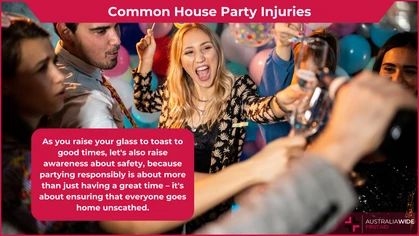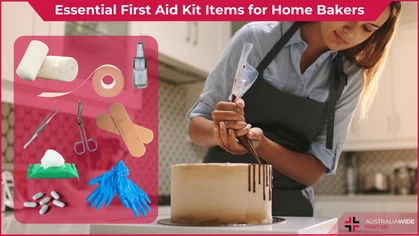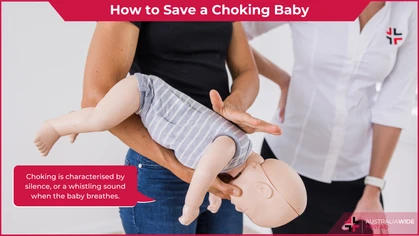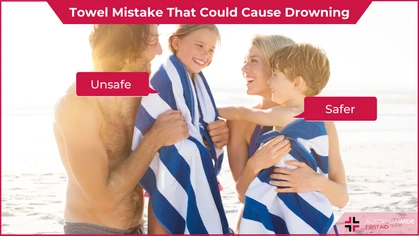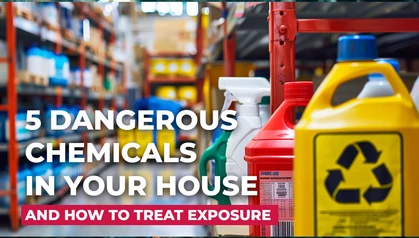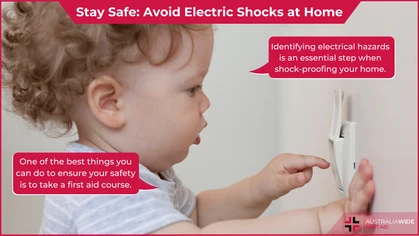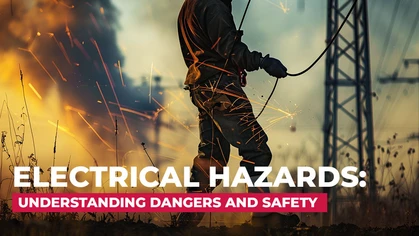How to be SunSmart

Danger
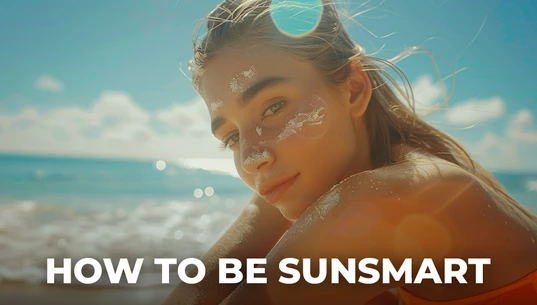

SLIP on protective clothing
Choose clothing that:- Covers as much skin as possible, such as a long sleeved shirt with a collar
- Is made from close weaved materials such as cotton, polyester or linen
- Is dark in colour to absorb UV rays. Lighter colours will reflect the UV rays onto your skin
- If used for swimming, wear material such as lycra which stays sun protective when wet.
SLOP on SPF30+ or higher sunscreen
Make sure your sunscreen is broad spectrum and water resistant. Apply sunscreen to clean, dry skin at least 20 minutes before going outside and reapply every two hours.SLAP on a hat
A broad brimmed or bucket style hat provides the ultimate protection for the face, nose, neck and ears which are common skin cancer sites. Caps and visors do not provide adequate protection.SEEK shade
Make use of the trees and man-made shade structures, or bring your own such as an umbrella. Whatever you use as shade, ensure it casts a dark shadow.SLIDE on some sunglasses
Sunglasses, in combination with a broad brimmed hat can reduce UV radiation exposure to the eyes by up to 98 per cent. Choose close fitting sunglasses that meet the Australia Standard AS 1067. It is estimated 20 per cent of cataracts occur due to UV exposure to the eye. Remember, sunglasses are just as important for children, as they are for adults.About Skin Cancer
- Australia has the highest incidence of melanoma in the world for both males and females
- Skin Cancer is the most common form of cancer in Australia
- Queensland has the highest rate of skin cancer in the world
- Skin Cancer accounts for 80 per cent of all cancers diagnosed each year
- 430,000 Australians are treated for skin cancer every year
- Of these, over 10,50o new cases of melanoma are diagnosed
- Every year, there are approximately 1,600 deaths caused by melanoma and non-melanoma skin cancer
- Two in Three Australians will be diagnosed with Skin Cancer before the age of 70 years.
- If caught early, 95 per cent of skin cancer can be successfully treated
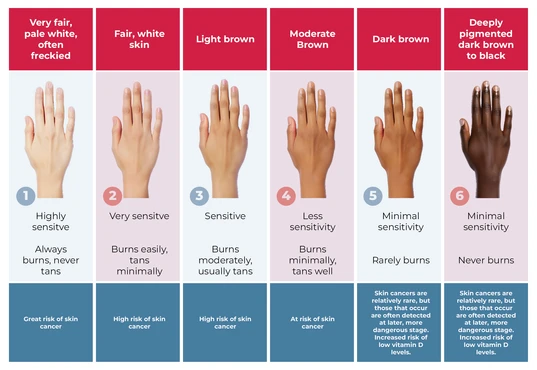
Skin type chart
Risk Factors
What skin type are you? SunSmart Victoria says people with certain skin types are more sensitive to UV radiation and burn more quickly, making them a greater risk of developing skin cancer. Another contributing factor of skin cancer is solarium's, a tanning unit that uses UV radiation to tan the skin. Research shows that people who use a tanning bed or solarium before the age of 35, have a 59 per cent greater risk of developing skin cancer than those who do not use solarium's. In 2009, the International Agency of Research on Cancer (IARC) moved UV-emitting tanning beds (which emit UV radiation six times stronger than the midday sun) to its highest cancer risk category, labelling them as carcinogenic to humans. From January 1, 2015, solariums have been regulated, with commercial solariums now banned every Australian State and Territory.When is the hottest part of your day?
'Slip Slop Slap Sleek and Slide' really works!
According to Cancer experts, the 'Slip Slop Slap Seek and Slide' message has helped Australia become the first country in the world to experience a reduction in skin cancer. Early figures show fewer Australians under the age of 45 years have been diagnosed with melanoma and non-melanoma skin cancer, compared to the generation before them. Other Countries are still experiencing an increase in skin cancer, so it seems the sunsmart message is really impacting on Australians. Terry Slevin from Cancer Council Australia, said the change could be attributed to campaigns including 'Slip, Slop, Slap' which launched in 1981. "The generations who first saw 'Slip Slop Slap' have taken notice and have done something about it. It is still early days but it is encouraging to know" said Terry.
Originally published at
https://www.australiawidefirstaid.com.au/resources/how-to-be-sun-smart
as part of the Australia Wide First Aid Articles Library



